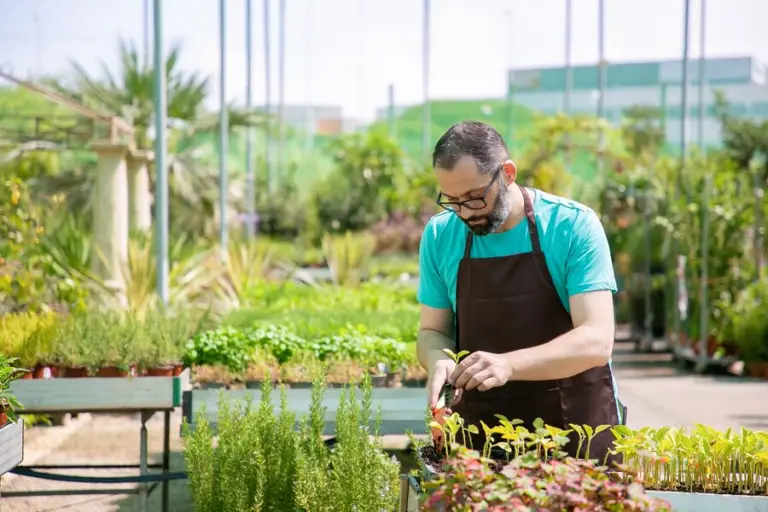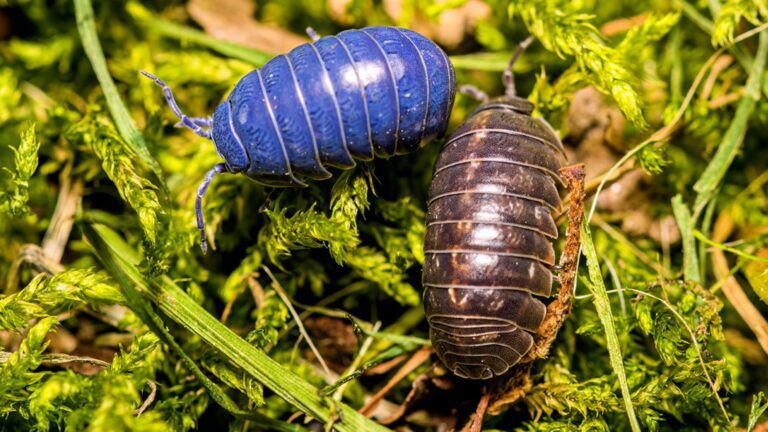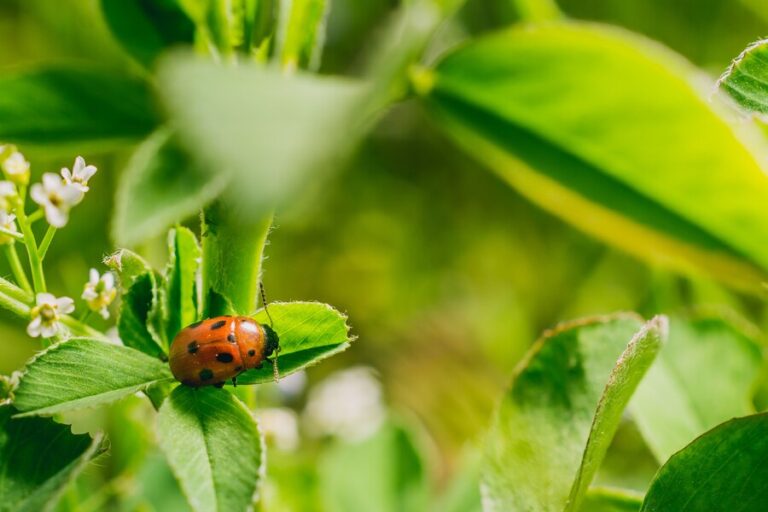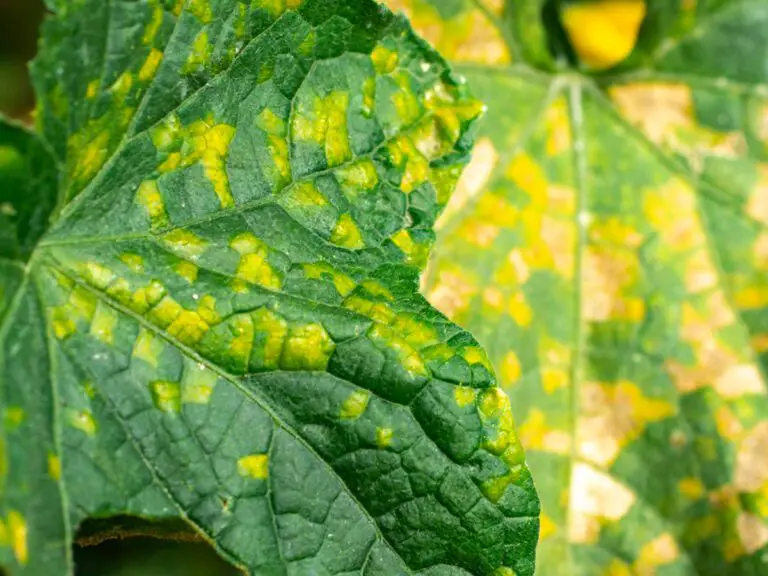How to Eliminate Aphids on Plants: 5 Effective Ways to Handle and Halt These Pests from Your Plants
Table of Contents
Regular Monitoring and Early Intervention: Implementing routine checks to catch
Regular monitoring and early intervention are essential components of maintaining a healthy and thriving garden. By implementing routine checks, gardeners can proactively catch any issues before they escalate, leading to more effective and timely interventions.
Regular monitoring allows gardeners to closely observe their plants, identifying any signs of stress, disease, or nutrient deficiencies. This proactive approach empowers gardeners to address these issues promptly, before they cause irreversible damage. Through careful observation, gardeners can detect subtle changes in plant growth, leaf color, or pest activity, providing valuable insights into the overall health of the garden.
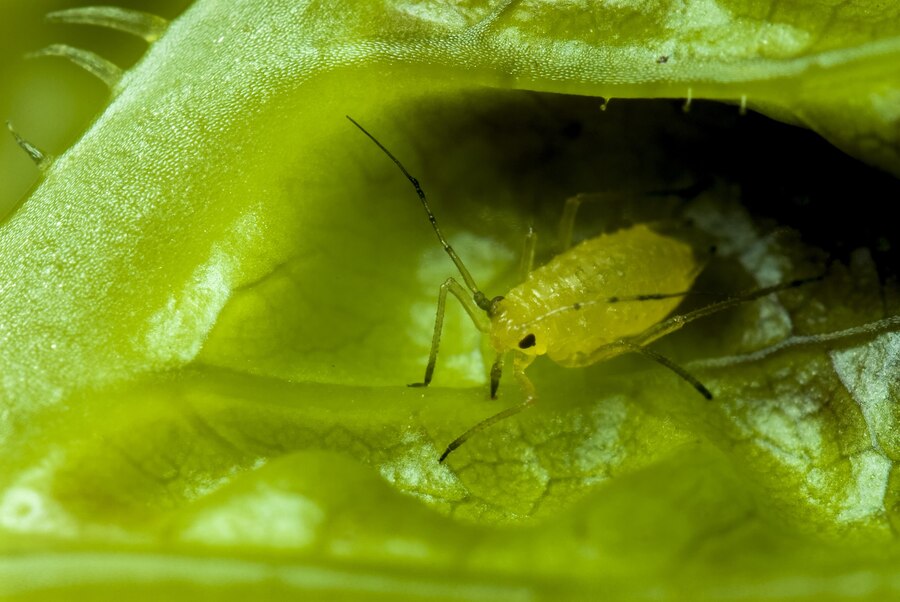
Early intervention, on the other hand, ensures that any problems identified during the monitoring process are promptly addressed. This may involve adjusting environmental conditions, such as light, temperature, or humidity, to create an optimal growing environment. Additionally, it may necessitate the use of targeted treatments, such as organic pesticides or fungicides, to combat pests and diseases. By swiftly responding to issues, gardeners can minimize the impact on plant health and yield, resulting in a more successful and bountiful garden.
By regularly monitoring and promptly intervening, gardeners can prevent problems from spiraling out of control, leading to healthier plants and higher yields. This proactive approach allows gardeners to stay ahead of potential issues, providing their plants with the care and attention they need to thrive. In the next sections, we will explore specific monitoring techniques and intervention strategies that can be implemented to ensure a flourishing garden.
• Regular monitoring allows gardeners to closely observe their plants, identifying any signs of stress, disease, or nutrient deficiencies.
• Through careful observation, gardeners can detect subtle changes in plant growth, leaf color, or pest activity.
• Early intervention ensures that any problems identified during the monitoring process are promptly addressed.
• This may involve adjusting environmental conditions such as light, temperature, or humidity.
• It may also necessitate the use of targeted treatments like organic pesticides or fungicides.
• By swiftly responding to issues, gardeners can minimize the impact on plant health and yield.
• Regular monitoring and prompt intervention prevent problems from spiraling out of control.
• This proactive approach leads to healthier plants and higher yields.
Here’s a table summarizing effective ways to handle and halt pests:
| Method | Description |
|---|---|
| Hygiene Control | Maintain cleanliness in your surroundings. Dispose of trash properly, keep benches, cupboards, lawns, and floors clean. Remove stagnant water from pools, roads, tanks, buckets, and other containers that could collect water. |
| Effective Knowledge | Identify the types of pests you’re dealing with and understand their lifestyle. Knowing where pests grow and their potential threats helps you strategize control methods effectively. Consider professional pest control services for accurate identification and prevention. |
| Organic Pest Control | Use natural methods to target pests without harming other plants or animals. Employ predator traps, baits, and biodegradable poisons like sodium fluoroacetate. Other organic options include oil sprays, parasitic nematodes, and insecticidal soap. |
| Biological Control | Introduce natural enemies of pests, such as predators, parasites, and pathogens. These organisms interfere with pest breeding and can reduce their population. This method is environmentally safe compared to chemical pesticides. |
| Chemical Pesticides | Chemical pesticides are widely used but come with hazards. Thousands of chemical products exist for pest control. Use them cautiously, considering their impact on land, air, food, and water. |
| Integrated Pest Management (IPM) | Combine physical, chemical, and biological methods holistically to manage pests across an ecosystem. IPM aims for effective control while minimizing harm to the environment and non-target species. |
Remember that prevention and early intervention are key to effective pest management
Please do watch video for more information!
Why is regular monitoring important?
Regular monitoring allows for early detection of potential issues or risks, enabling timely intervention and prevention of more serious problems.
What are the benefits of implementing routine checks?
Implementing routine checks ensures that any deviations or abnormalities can be identified promptly, minimizing the impact on operations and allowing for proactive measures to be taken.
How frequently should routine checks be conducted?
The frequency of routine checks may vary depending on the nature of the activity or system being monitored. It is recommended to establish a schedule that considers the specific requirements and potential risks involved.
What should be monitored during routine checks?
Routine checks should encompass all relevant aspects or parameters that are critical to the operation or performance of the system or activity. This may include factors such as performance metrics, safety measures, quality control, and compliance with regulations.
Who should be responsible for conducting routine checks?
Ideally, routine checks should be assigned to individuals or teams with the necessary expertise and knowledge related to the system or activity being monitored. This may involve designated personnel within the organization or external professionals.
What actions should be taken upon identifying an issue during routine checks?
When an issue is identified during routine checks, appropriate actions should be taken promptly. This may involve escalating the problem to relevant stakeholders, initiating corrective measures, or implementing preventive actions to mitigate any potential risks.
How can technology assist in regular monitoring and early intervention?
Technology can play a vital role in regular monitoring by automating data collection, analysis, and reporting processes. It enables real-time monitoring, alerts for deviations, and facilitates efficient interventions, improving overall efficiency and effectiveness.
What are the potential consequences of not implementing routine checks?
Failing to implement routine checks can lead to undetected issues, which may escalate into more significant problems over time. This can result in financial losses, compromised safety, decreased productivity, and damage to reputation.
Can regular monitoring and early intervention save costs in the long run?
Yes, regular monitoring and early intervention can save costs in the long run. By detecting and addressing issues at an early stage, the need for extensive repairs, replacements, or legal actions can be minimized, resulting in cost savings for the organization.
How can regular monitoring and early intervention contribute to continuous improvement?
Regular monitoring and early intervention provide valuable insights into the performance and functioning of systems or activities. By addressing issues promptly, organizations can identify areas of improvement, implement corrective measures, and strive for ongoing enhancement and optimization.

Nicole Burke is a dynamic writer at SouthElMonteHydroponics, fueled by her passion for horticulture and environmental sustainability. Armed with a degree in Environmental Science from a renowned institution, Nicole’s expertise lies in hydroponic gardening, organic farming, and biodiversity conservation. Her insatiable curiosity and love for nature drive her to explore innovative techniques in hydroponics, seeking to revolutionize the way we grow crops in urban environments. Nicole’s writing reflects her deep commitment to promoting eco-conscious practices and fostering a deeper connection between humans and the natural world. Through her engaging storytelling, she inspires others to embrace sustainable living and harness the power of hydroponics for a greener future.


